5 Less Well Known Books That Should be on Every Horror Gamer’s Reading List

Horror spans multiple forms of media and has a long and venerable history when it comes to the printed page. In this list, I’m picking out five books and short stories that any horror gamer worth their salt should sit down and read. This list will be avoiding stories that have been adapted into games (there’s already a list for that), or novels based on existing game franchises. Instead, these tales of the macabre have been chosen partly for their contribution to horror at large, and partly for their ‘if you like playing that, read this’ factor. Rather than rehashing the classics, this list is also going off the beaten path to pick out some less well-known horror gems; sorry Stephen King – better luck next time!
5. Coraline
Written by Sandman author Neil Gaiman, this creepy Young Adult novel is well worth a read whatever your age. The story follows Coraline Jones, an inquisitive young girl who moves with her family to a rickety old house converted into flats. Bored and alone, one day she comes across a mysterious door that leads to a parallel house where her ‘Other family’ lives. They’re much better than Coraline’s own workaholic parents; they’re fun, attentive, make all sorts of magical delights to amuse her… and have buttons for eyes.
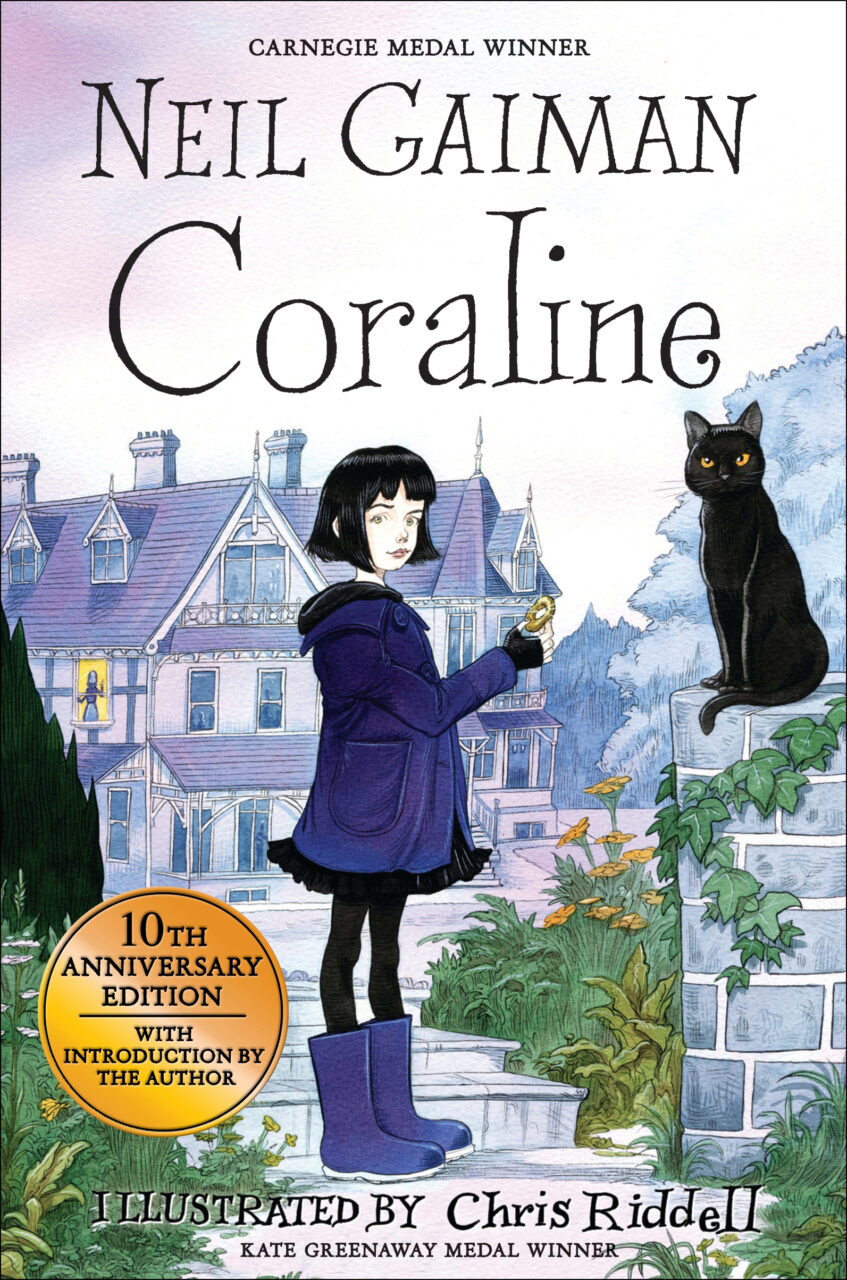
The book was adapted into an equally enjoyable 2009 stop motion film produced by Studio Laika, so maybe putting it on this list is technically a bit of a cheat, as the film got a tie-in game for the PS2, Wii, and Nintendo DS. But even if anyone remembers that game (which I’m guessing they don’t), it’s not the reason Coraline’s here. If you played Limbo, Tails of Iron, or the Little Nightmares games and were left wanting more, you owe it to yourself to experience Coraline. It’s bursting with heaps of creativity and weirdness, and delivers on that sense of a plucky protagonist pitting their wits against a world filled with the sinister and outré. Not convinced? Here’s one other fun little fact; in 2017 it was announced that the director of the Coraline film, Henry Selick (who also directed The Nightmare Before Christmas) would be helming a TV adaptation of Little Nightmares. While no announcement has been made since then, who knows what will crawl out of the shadows in the future?
4. Oh Whistle, and I’ll Come to You, My Lad
Ask people to list the masters of horror and they’ll probably come up with names like Bram Stoker, Mary Shelley and Edgar Allen Poe. They’re less likely to mention M.R. James, an early twentieth century academic and a prolific writer of ghost stories. This is a shame, as James arguably popularised what we now think of as the ‘classic’ ghost story format. His works established a number of founding tropes for the genre; the skeptical protagonist, the haunted object or locale, and supernatural entities that were actively malevolent towards characters, rather than neutral bearers of prophecies or omens as in pre-Victorian literature like Hamlet or Macbeth.
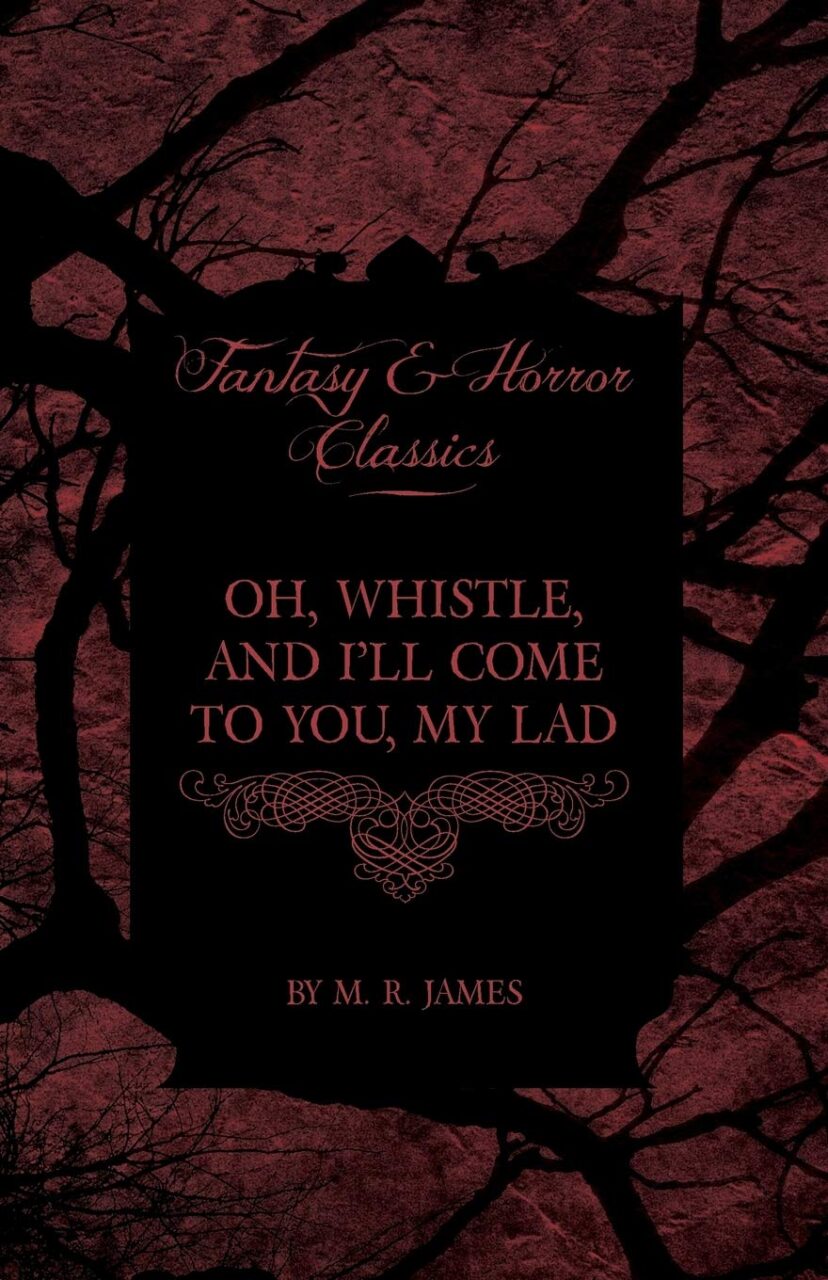
In Oh Whistle, a Cambridge professor holidaying in the Southeast coast of England digs up an old bronze whistle. Calling on it, he’s plagued by a series of bizarre disturbances each night. What follows is what many have called one of James’ most terrifying tales; ironic, since it was originally intended as something of a self-parody. Our protagonist is haunted by a recurring dream of running on the beach being chased by… something that gets closer and closer every time he closes his eyes. Worse still, it seems like his hotel room has been housing an uninvited guest.
Any gamer who’s ever enjoyed Amnesia: The Dark Descent or Dear Esther, or just has a hankering for ethereal horror, stands to gain something from reading this brief story. It was also adapted for TV by the BBC in 1968, and even over 50 years later its dream sequences still manage to capture the claustrophobic essence of a night terror. What makes Oh Whistle so effective is that we’re never really given an understanding of exactly what the thing haunting the main character is. Instead, we’re simply left to ponder the whistle’s cryptic inscription; ‘Who is this who is coming?’
3. The Day of the Triffids
This one’s for the post-apocalyptic fans out there, and all those who were creeped out by Resident Evil 2’s plant monsters. Written in 1951 by British author John Wyndham, The Day of the Triffids tells the story of a cataclysmic ‘meteor shower’ that leaves most of the earth blind. As society crumbles, Triffids – a species of moving, carnivorous plants bioengineered by an unknown (but probably Soviet) country and cultivated for fuel – begin to spread across the globe, mindlessly hunting every stricken human they come across. Wyndham’s most famous story, The Day of the Triffids mixes science fiction, horror and societal commentary together to deliver a classic to sink your teeth into.
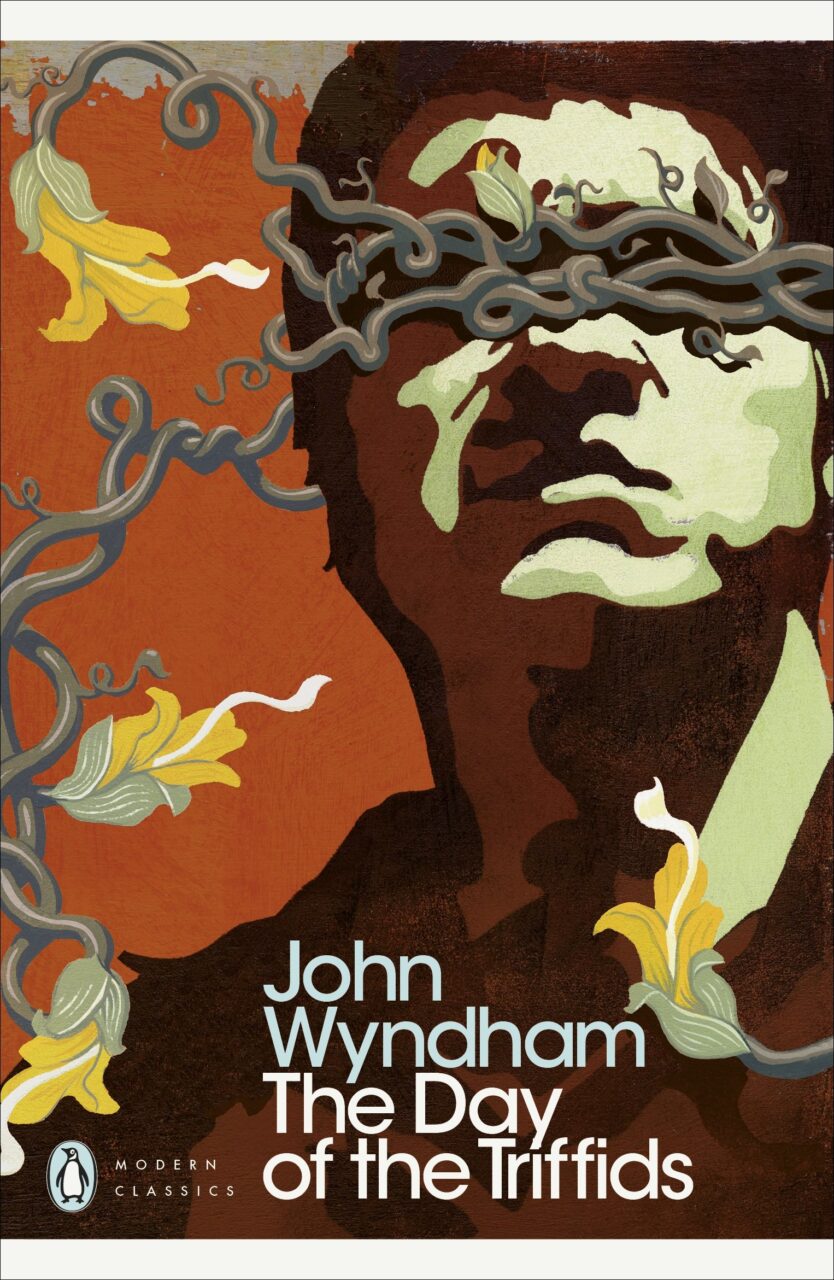
Since there’s another post-apocalyptic novel on this list, I’ll keep my comments on The Day of the Triffids brief. Before moving on, though, it’s worth mentioning another of Wyndam’s books; The Kraken Wakes. Written in 1953, this clever sci fi novel presents a war between humanity and an unseen alien species living at the deepest levels of the ocean. Great for fans of sweeping extraterrestrial conflict games like the XCOM series, the novel also is also eerily prescient in its treatment of the threat of rising sea levels.
2. The Great God Pan
Everybody knows H.P. Lovecraft; not so many know about the wider genre from which his writing emerged. Weird fiction was a subgenre of horror that flourished in Europe and America in the late nineteenth and early twentieth centuries, first in literary society journals and later in pulp magazines such as Weird Tales. One of its best examples is The Great God Pan, a horror novella penned by Welsh author Arthur Machen and first published in 1890. Written from the perspective of a man named Clarke, the story concerns itself with the aftermath of an experimental brain operation on a young woman, designed to allow her to make contact with higher plains of existence.
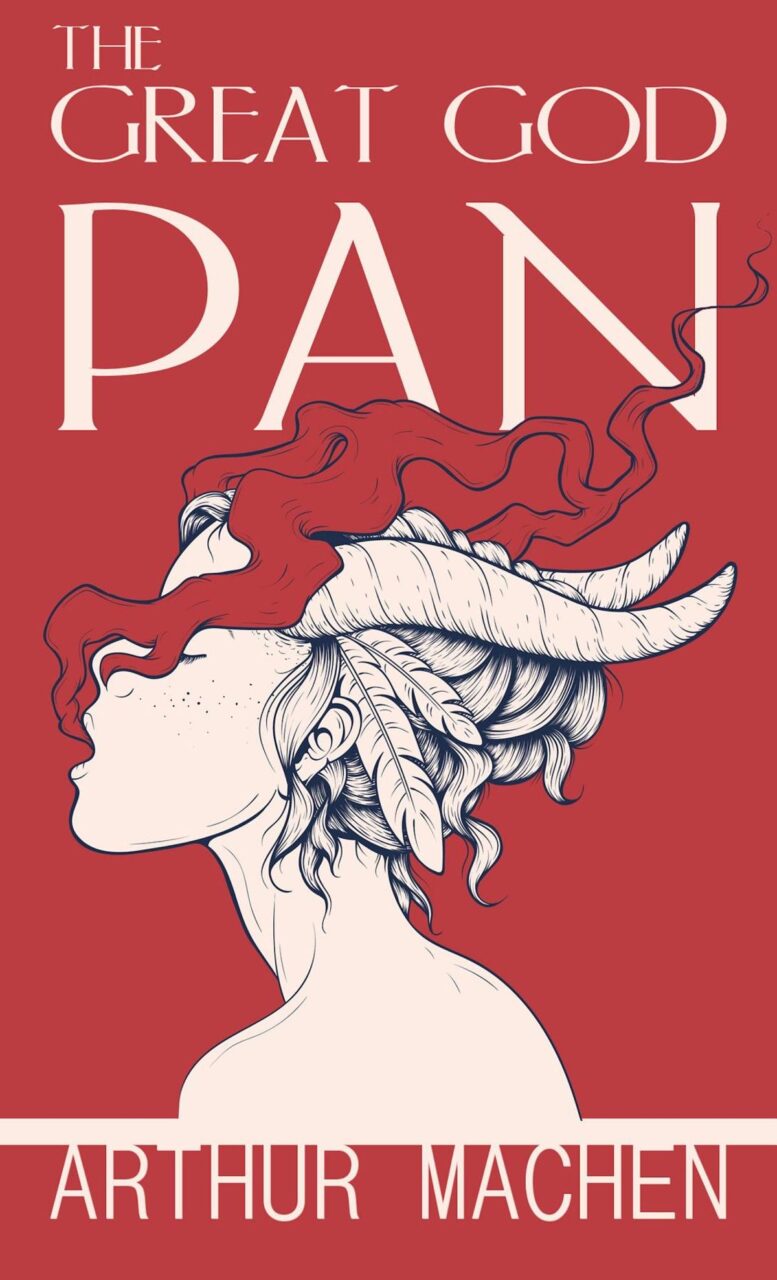
Initially reviled by polite society for its (then) risqué themes, The Great God Pan was later re-evaluated as a masterpiece of horror. Contemporary positive reviewers included Oscar Wilde and Lovecraft himself, whilst Stephen King has called it “one of the best horror stories ever written.” For gamers who want a cosmic horror story without the Lovecraftian clichés of tentacles and the Necronomicon, The Great God Pan is a must read.
1. I Am Legend
This one’s for any gamer who’s played… well, really any zombie survival game, although the Dying Light series feels particularly apt here. I Am Legend is a post-apocalyptic horror novel written by Ian Matheson and first published in 1954. The book follows Robert Neville, the sole survivor of a global pandemic that turns humans into vampires. Yes, vampires, not zombies, although in this novel they’re really somewhere between the two. On the one hand, they can’t withstand the light, are allergic to garlic and drink blood, but on the other, unlike old Count Drac they also roam the streets in mobs and are far more bestial than your traditional aristocratic bloodsucker.
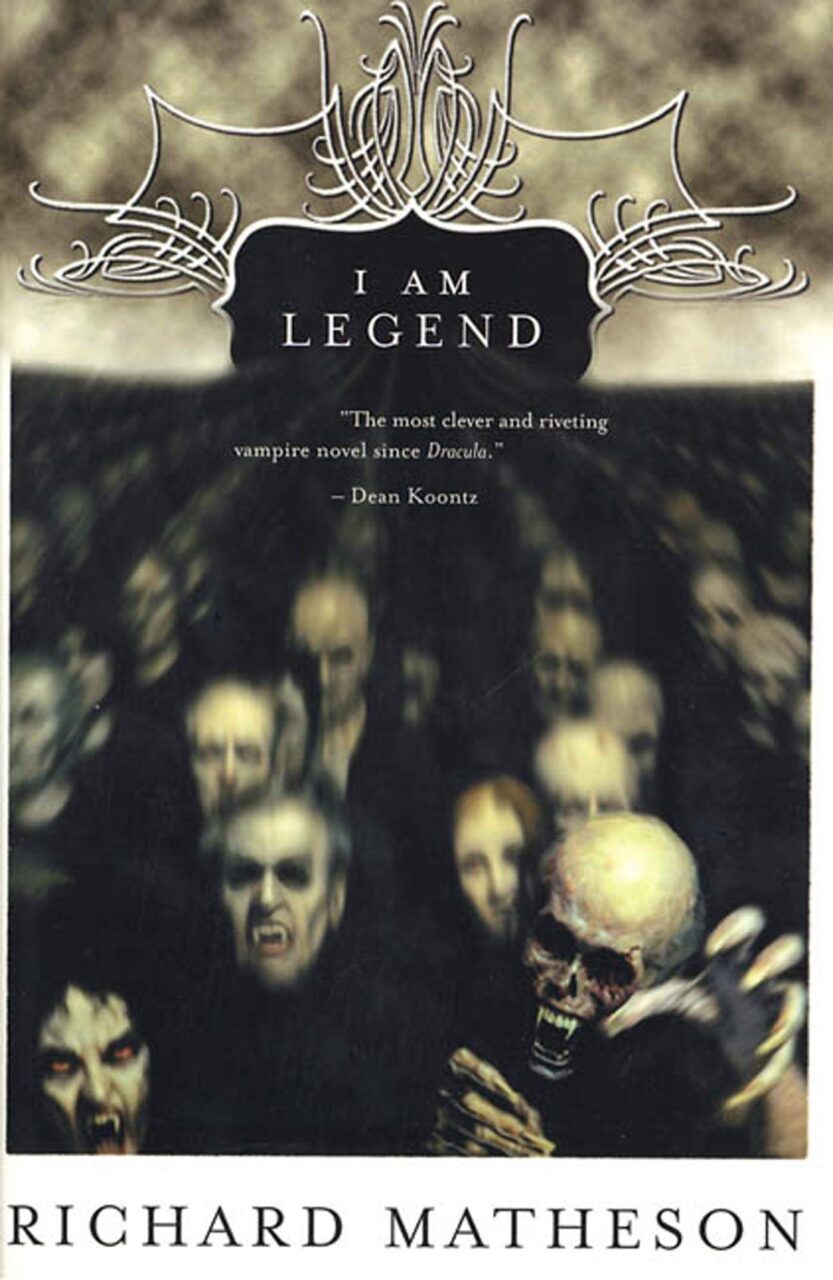
The book and a 1964 film adaptation starring Vincent Price would go on to influence George Romero when he came to make Night of the Living Dead. Like the best post-apocalyptic novels, the book is notable for the bleak tone it conveys; just as destructive as the vampires is Neville’s crushing loneliness, and the sense that he’s merely delaying the inevitable. Anyone who digs the same vibes from games like Project Zomboid or Undying should check this one out.
Categorized:Editorials
